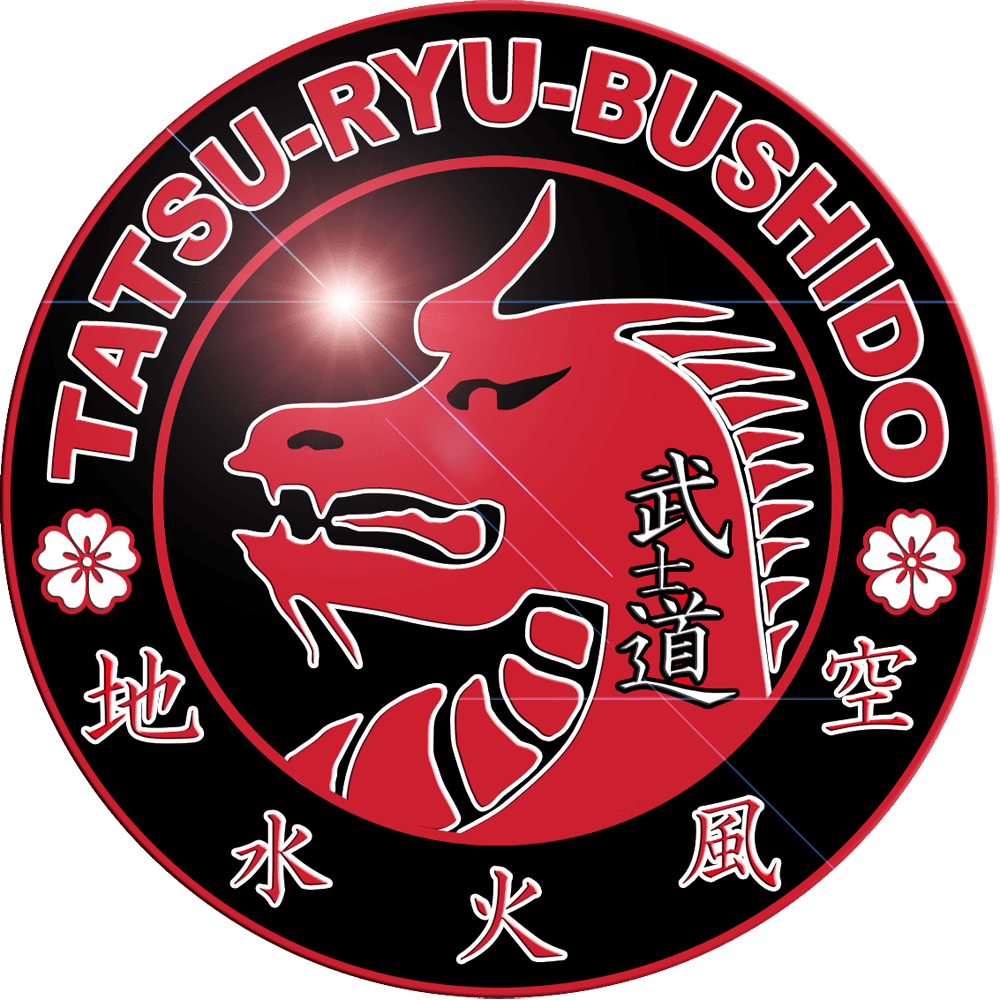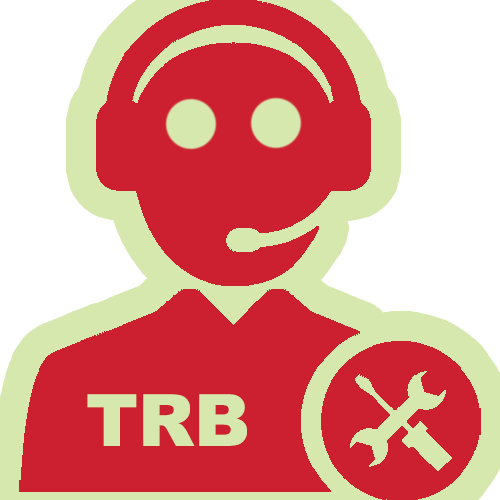Tatsu-Ryu-Bushido training content
TATSU-RYU-BUSHIDO.com
Tatsu-Ryu-Bushido training content
Japanese samurai martial arts encompass far more than just wielding a wooden sword in the dojo. It is a health system that practises physical training, coordination training, virtues, role modelling and character training outside of training as a way of life.
From the very beginning, emphasis has been placed on qualified and recognised training for all age groups, taking into account the latest findings in sports medicine. In Tatsu-Ryu-Bushido, all instructors are certified on the basis of a professional instructor school through an additional qualification with an instructor aptitude test. This is based on the requirements of the German Olympic Sports Confederation, which have been developed using experience and practices from IHK training courses and the German Armed Forces Instructor School.
These high standards of Tatsu-Ryu-Bushido are recognised by both the German Sports Federation and the German Sports Youth Rhineland-Palatinate. The individual instructor licences are renewed through regular further training.
The foundation of the martial art Tatsu-Ryu-Bushido is the teaching of the five elements (earth, water, fire, wind and emptiness) by Miyamoto Musashi, which are embodied by the dragon. In Asian mythology, the dragon is regarded as a positive, sacred animal and combines strength and spirit, flexibility and rigidity, gentleness and hardness.
The basis of the training foundation is the three stages of learning (imitate, understand, apply). Advanced students have the opportunity to understand aspects of other martial arts as an enrichment and to incorporate them into the martial art. The training is systematically organised into seven levels, each with two belts. There are also three master levels, which are achieved through life and martial arts experience.

Objective for each individual: Tatsu-Ryu-Bushido should be seen as a companion to daily private and school/professional life and thus offers a pleasant balance and variety. The lessons have a learning-promoting effect on children in their daily school life and prepare them for their professional life through social interaction in the group.
Discipline, concentration and meditation always accompany the training. This can be seen as the beginning of spiritual training. For example, every lesson begins with the traditional opening. This serves to prepare the body and mind for the training and to show respect for the practice location, the teacher and the other students. This is also done to build character.
The body school is the basis. The core element is the dragon stance. In this stance, the “tako-no-kamae” (“other and I fighting stance”), the bushidoka is given the opportunity to utilise each of the five elements equally and to combine them with other stances, as well as to be able to act or react in any direction. Based on this, a harmonious flow of techniques from the individual elements should be created. Blocking techniques, punches and strikes, kicks, sweeps and sickles, levers and throws are used freely in combination with each other, so that there is no preference here either. However, it should be mentioned here that the techniques are not trained simultaneously, but are to be learnt depending on the purpose of an attack and the realistic boundary conditions: “You should first learn to evade the attack before you go to meet it; if you can’t fall properly, you don’t need throws, sickles or sweeps yet; if you don’t know how to strike and block properly, you don’t need to use levers or throws.”
The sword and weapon school should not be seen as training to become fighters or warriors. The weapons are to be seen as aids for one’s own body and provide insights into the various applications. In most cases, the weapon is seen as a danger and not the person using it. This is exactly where you learn the necessary respect for each weapon and the partner with whom you practise the techniques. Beginners initially practise exclusively with wooden weapons in order to learn how to coordinate and control an object. Only after practising for some time and reaching level 4 (4th + 3rd Kyu) do you come into contact with metal weapons for the first time. In this way, social attitudes towards the object can be controlled in advance. It is also worth noting at this point that there have never been any significant injuries when handling weapons in this martial art.
Training in nature in particular enables every student to practise the techniques they have learnt under difficult conditions. You also learn how to move and camouflage in the terrain. Every movement is influenced by the strategy. The student learns to recognise mistakes and correct them independently. The social aspect in the group with jointly set goals is promoted here. It is important to learn to survive in nature and to find one’s way with and without aids. In nature, it is very important to know which plants and trees are useful for gathering herbs, making weapons and eating. Knowledge about animals and their behaviour can also be very helpful.
The Japanese language, history and culture complement the background knowledge in this martial art. In particular, historical developments in Japan and the samurai are covered here. The life of the famous swordsman Miyamoto Musashi is also groundbreaking. His teachings and the Book of Five Rings (Gorin-no-sho) still accompany the training and business careers of almost all Japanese managers and company directors today. The Japanese language accompanies the training through all belt grades. At the beginning, the student only learns individual vocabulary, later the simple colloquial language. They also gain an insight into the Japanese script.
Training topics, teaching principles and focal points of the 7 training levels: In Tatsu-Ryu-Bushido, the training content is systematically and optimally transferred to the belt system in combination with the five elements. Level 1 (from 14 years of age) is trained in a 10-course model (taster month) (also without membership) and tested to 8th Kyu grade at the end. Below you will find an overview of the 7 training levels, which are then completed with an examination for the next colour, e.g. level 2 = examination for 6th Kyu (green).

